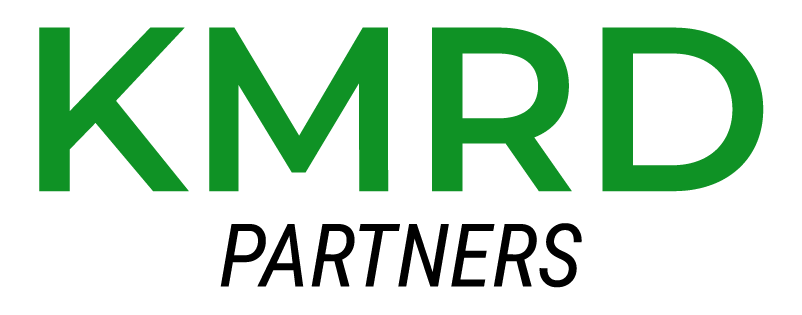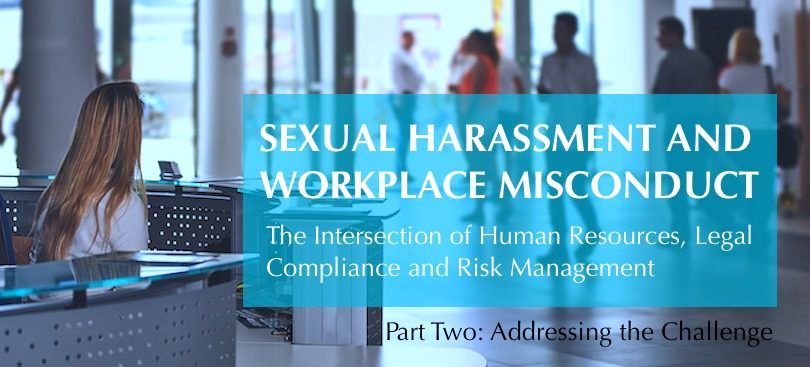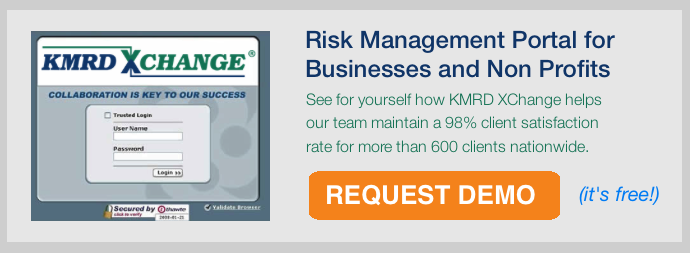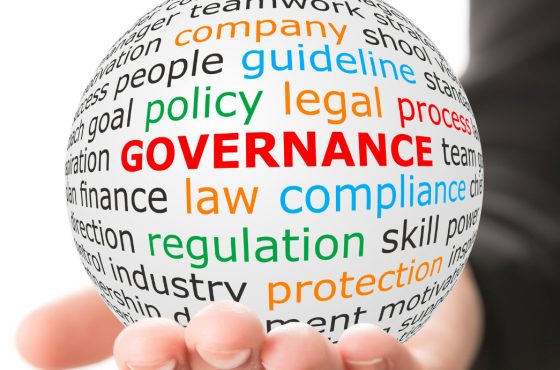Sexual Harassment and Workplace Misconduct: Developing and Implementing an Effective Approach (Part Two)
By John E. Garber, Jr., SPHR, SHRM-SCP and Christin Smith Myers
Read Part One of this blog series here
Part Two: Addressing the Challenge
Developing and Implementing an Effective Approach
As we stated in our previous blog post, the risks associated with a culture of sexual harassment and workplace misconduct are clear. How should they be addressed?
Organizations need to have a firm commitment toward developing and implementing an effective sexual harassment policy. Policies must go beyond paper-based systems and a “checking the box” mentality. The employer should:
- Establish a code of conduct policy outlining guiding principles for appropriate workplace behavior, including legal and ethical guidelines;
- Develop a sexual harassment and hostile work environment policy establishing the organization’s culture of zero-tolerance;
- Define sexual harassment and inappropriate workplace conduct;
- Provide examples of prohibited conduct in the policy documents;
- Establish specific procedures for reporting violations of the policy;
- Prohibit retaliation;
- Develop a complaint investigation process which supports due process, is neutral, fair and completed in a timely manner (e.g. immediate and appropriate);
- Construct a complaint resolution process;
- Define the role of human resources as well as other leaders on handling allegations, complaints and resolution;
- Integrate an escalation pathway including use of third party investigators and/or legal counsel;
- Include disciplinary measures appropriate to findings of the investigation, up to and including termination procedures;
- Include reasonable measures for maintaining confidentiality; and
- Maintain appropriate documentation.
Let KMRD review your policies and procedures related to sexual harassment and misconduct. Contact KMRD →
Training programs need to support the organization’s policies and procedures as well as reinforce guidelines for appropriate behavior in the workplace. Training should be provided to all employees upon hire and at least annually, though much more frequently for industries with high turnover. Anyone in a supervisory or managerial capacity should be provided additional training on how to appropriately respond to complaints. They must treat all complaints seriously and understand there is no such thing as “off the record.”
All too often, training is conducted through presentations where employees are passive participants, but employees need to be more engaged in the learning for this important topic. To ensure a truly effective training process, consider the following elements:
- Make use of adult learning principles:
- Facilitate in an interactive way, fostering group participation
- Connect material to the workplace with specific examples
- Use experienced, qualified and credentialed trainers
- Include the active support and participation of executives, ensuring no one is excused from the training;
- Include a review of company-specific procedures;
- Provide supervisors, managers and executives with additional training on their obligations including a thorough review of what constitutes retaliation;
- Ensure the tone is serious and training is no laughing matter. Clearly communicate that behavior which increases risk of harassment will not be tolerated; and
- Include the code of conduct policy.
As previously noted, sexual harassment within organizations points to weaknesses in workplace culture and as such, the culture of the organization must be an ongoing focus of attention. There are several ways to assess culture. Develop and deploy anonymous surveys to ascertain employees’ perceptions of respect, communication, problem resolution, and their awareness of conduct violating company policy. Conduct stay or retention interviews to gather in-depth insight into the employment experience. Ensure every employee receives an exit interview including a deep exploration into their reasons for leaving the company, as well as a deep discussion on culture. Exit interviews should also include a question about ethical and policy violations. Partnering with a third party for surveys and interviews increases honesty and eliminates bias.
Internally, it is critical for executives, human resources and operational leaders to spend time with their employees, listening to concerns and making themselves aware of issues. This contributes to improved culture and increased engagement and also provides early insight into problems so they can be addressed in a timely fashion. In addition, leadership and management development programs should be implemented to review topics such as authority, power and professional behavior.
Let KMRD develop a sexual harassment compliance training program for you that actually works. Contact KMRD →
Human resources must have an active leadership role in the development and implementation of sexual harassment and workplace misconduct policies and procedures. Internal and external pressures can have a negative influence on organizations which may in turn, increase risk to the company. For example, in times of strong economic performance the unemployment rate drops significantly. As a result, it is increasingly difficult to acquire and retain talent. This could lead to decisions to retain existing talent in spite of poor conduct which violates policy (risk of negligent retention) or skip important hiring processes such as background checks, orientation or onboarding for new hires (risk of negligent hiring).
Poor culture can lead to high turnover, weak talent acquisition results and ultimately poor business performance. Moreover, human resources should have a leadership role in confronting situations where policies and procedures are not being followed. There is a common theme among recent allegations – repeated complaints, pervasive behavior and no employer action. Human resources along with other executives should not permit this to occur. Human resources can have a positive influence on the culture of the organization as well as business performance and productivity.
Risk Management Considerations
Placing emphasis on prevention through policies, procedures and training should be the primary approach to addressing high risk behavior. The most effective risk management processes involve identifying risk, developing methods for managing and/or mitigating risk and monitoring for continuous improvement. To have a positive impact on sexual harassment and workplace misconduct risk, an organization should have methods for assessing workplace culture, employee sentiment, engagement and complaint frequency and severity, as well as training effectiveness. Collaborating with a risk management consultant, human resources professional and legal counsel on your policies and procedures will help with establishing an effective framework.
If your organization does not have Employment Practices Liability Insurance (EPLI) you should think long and hard about the decision not carry the coverage. Resolution of claims can take between 18 to 24 months not to mention the impact on your time. Cases going to trial can approach $150,000 – $200,000 in legal fees. Even if you are to settle out of court, you can face approximately $50,000 in legal fees plus settlement costs. When you compare the costs associated with purchasing an EPL policy to the legal fees alone, it makes good business sense to obtain a policy. However, insurance is the most expensive method of transferring risk and insurance does not constitute a risk management program.
A Final Thought
Inappropriate behavior should never be tolerated and employers must foster an environment where employees know they can report complaints without fear of retaliation. Organizations must address issues of morality and abuse of power, and must establish a meaningful code of conduct and governance process.
“Every human being, of whatever origin, of whatever station, deserves respect. We must each respect others even as we respect ourselves.” — Ralph Waldo Emerson
It is time for organizations to focus on building a culture of respect.
Contact us below to have KMRD set up or review sexual harassment policies and procedures for your business.

John Garber is Managing Director and Practice Leader at KMRD Partners, Inc., an award winning risk management and human capital solutions firm.

Christin Smith Myers is Chief Operating Officer at Combined Resource Solutions, an Exton, PA-based consulting firm.
Contact UsHuman Capital Solutions About KMRD
Note: This content is provided as general background information and should not be taken as legal advice or financial advice for your particular situation. Make sure to get individual advice on your case from a KMRD risk professional before taking any action.






